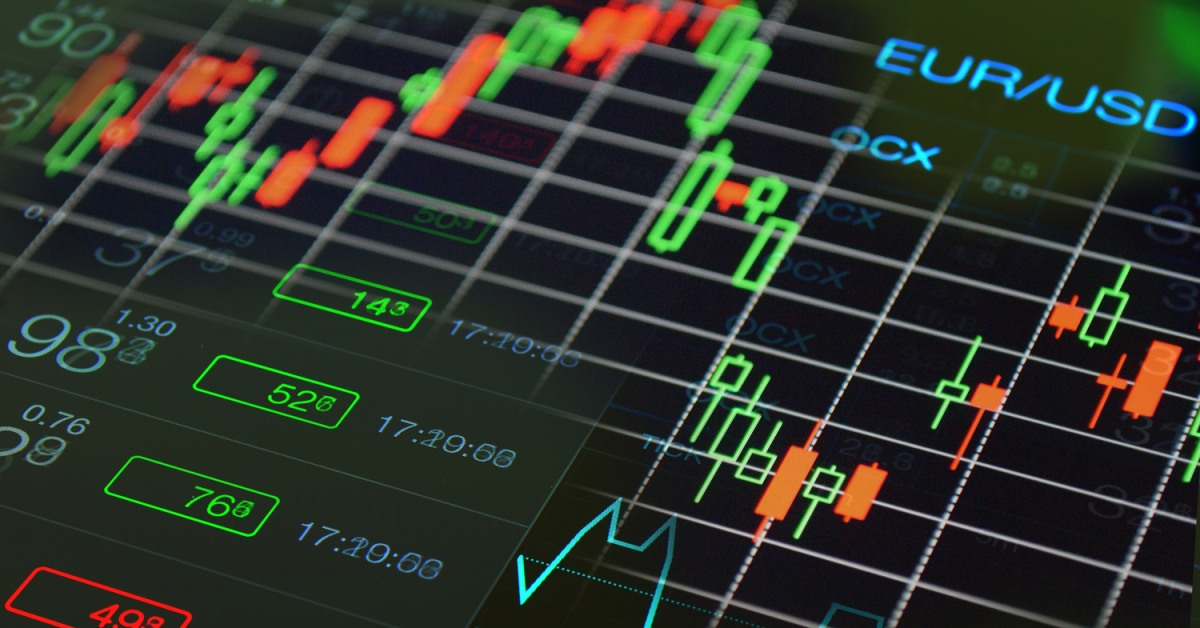U.S. M2 Money Supply Approaches New Highs as Financial Assets Reach Record Levels
-
In August alone, the M2 money supply rose nearly 1%, and the Fed since has trimmed interest rates 50 basis points, with what looks like another 50 basis point rate cut coming in November.
-
Aggressive monetary easing by China and the U.S. Federal Reserve has driven asset price increases, with cryptocurrencies leading the charge since the recent FOMC meeting.
-
The growth of the M2 money supply, with a CAGR of 7% in the past five years, has been closely linked to the performance of the S&P 500 and other assets, underscoring the critical role of liquidity in driving market performance.
On Sept. 24, financial assets soared to record levels, among them the S&P 500, which reached a record high of 5,735 and gold, which climbed to $2,670 an ounce. The yellow metal, in fact, is now higher by 30% year-to-date, making 2024 the best-performing year for gold this century, according to Zerohedge.
:format(jpg)/cloudfront-us-east-1.images.arcpublishing.com/coindesk/LAURDPJTRVBL5BVPSPICLYR6BM.jpeg)
But what is driving these continual rallies in financial markets? A closer look reveals that liquidity and money supply are key factors.
Central bank policies have significantly contributed to injecting liquidity into the global economy. As of Sept. 25, the combined balance sheets of the top 15 central banks worldwide exceeded $31 trillion, a level last seen in April 2024. This figure has been on the rise since July, reflecting a substantial monetary stimulus primarily in response to economic challenges and uncertainties, which has been crucial in supporting financial markets.
:format(jpg)/cloudfront-us-east-1.images.arcpublishing.com/coindesk/SP55EITVHZHUNCWEPZMGNU6ZBQ.png)
China’s commitment to substantial monetary easing, combined with the U.S. Federal Reserve’s aggressive 50 basis point rate cut, has further fueled market momentum, making cryptocurrencies the best-performing asset since the FOMC meeting on Sept. 18. The CME FedWatch Tool now predicts a 60% chance of another 50 basis point cut at the Nov. 7 meeting, which would lower the fed funds rate range to 4.25-4.50%.
Another key indicator of liquidity is the M2 money supply, which includes physical currency in circulation, savings and time deposits, and money market mutual funds. According to Trading Economics data, M2 money supply has shown consistent month-on-month growth, a trend that began in February 2024. In August alone, the M2 money supply increased by nearly 1% month-on-month, highlighting the ongoing monetary expansion. This rise in the money supply has been crucial in supporting asset prices.
:format(jpg)/cloudfront-us-east-1.images.arcpublishing.com/coindesk/MNZNB2BKONE6ZDYIQHSTTLOQRE.png)
Historically, there has been a strong correlation between the S&P 500 and the M2 money supply, with both moving in tandem over the past five years. For example, during the early 2020 pandemic, M2 bottomed out at $15.2 trillion in February, just before the S&P 500 hit a low of around 2,409 points in March. A similar pattern occurred in October 2023, when monetary policy tightening led M2 to bottom at $21 trillion. Shortly afterward, the S&P 500 reached a low of 4,117. This connection highlights the critical role of liquidity in driving stock market performance.
:format(jpg)/cloudfront-us-east-1.images.arcpublishing.com/coindesk/HT4GDU2X2RAC3EVUYDV4Y562QY.png)
The compound annual growth rate (CAGR) of the M2 money supply has been 7%, while the S&P 500 has achieved a CAGR of 14% over the past five years. Although this represents strong performance, it is overshadowed by bitcoin’s (BTC) impressive CAGR of 50% during the same period. Despite its volatility, bitcoin’s higher growth rate reflects its increasing prominence as an asset class, often benefiting from the same liquidity dynamics that drive traditional markets.
Central banks’ expansionary policies combined with a rising money supply are fueling asset price appreciation across the board. Whether it’s gold, the S&P 500, or bitcoin, the correlation with monetary measures like M2 highlights how liquidity remains a key driver of asset performance in today’s economy. As long as central banks continue to provide support, financial markets may well continue to push higher, though the sustainability of this trend remains a question for the future.
Edited by Stephen Alpher.
Disclosure
Please note that our
privacy policy,
terms of use,
cookies,
and
do not sell my personal information
has been updated
.
CoinDesk is an
award-winning
media outlet that covers the cryptocurrency industry. Its journalists abide by a
strict set of editorial policies.
In November 2023
, CoinDesk was acquired
by the Bullish group, owner of
Bullish,
a regulated, digital assets exchange. The Bullish group is majority-owned by
Block.one; both companies have
interests
in a variety of blockchain and digital asset businesses and significant holdings of digital assets, including bitcoin.
CoinDesk operates as an independent subsidiary with an editorial committee to protect journalistic independence. CoinDesk employees, including journalists, may receive options in the Bullish group as part of their compensation.
:format(jpg)/author-service-images-prod-us-east-1.publishing.aws.arc.pub/coindesk/7fe88428-ae49-4453-ab19-5cfbf125689b.png)









